Reviewed by: Ysa Garcia
Apple thought it had found the perfect workaround when it brought back blood oxygen monitoring to US Apple Watches this past August. The tech giant had spent 18 months navigating a complex patent dispute with medical technology company Masimo, ultimately redesigning the feature to process measurements on paired iPhones rather than the watch itself.
Apple's solution seemed clever: the watch collects sensor data, but all calculations and results are displayed on the iPhone through the Health app. The plan looked like a clean sidestep of Masimo's patents by moving the contested processing off the watch, yet that shield may be thinner than Apple hoped.
The International Trade Commission has now launched a fresh investigation to determine whether this redesigned approach still violates the original import restrictions. The ITC is conducting a combined modification and enforcement proceeding to evaluate if Apple's new implementation falls within the scope of the existing ban.
Apple's workaround is back under the microscope, and the feature's return could be short-lived. It also raises a bigger question: how do patents apply when a feature spans multiple devices?
How we got here: A patent battle 18 months in the making
The roots of this dispute stretch back to 2020, when Masimo filed a patent lawsuit against Apple, accusing the company of recruiting Masimo employees and misappropriating trade secrets. Masimo is not a patent troll looking for a quick settlement; it is a medical technology company with a deep portfolio of pulse oximetry patents, including techniques that calculate oxygen levels during motion using light absorption characteristics.
Ironically, Apple launched the Apple Watch Series 6 with blood oxygen detection that same year, setting the stage for years of legal wrangling.
The conflict escalated in 2023 when Masimo filed a complaint with the US International Trade Commission, seeking to block Apple Watch sales over alleged patent infringements. The ITC responded with an exclusion order that temporarily removed the latest Apple Watch models from US shelves, prompting Apple to disable the blood oxygen sensor via software. A flagship health feature suddenly went dark, transforming a selling point into a competitive headache overnight.
For over a year, US customers buying new Apple Watch Series 9 and Ultra 2 models went without blood oxygen monitoring, while international buyers and owners of older watches kept full functionality; early Apple Watch Series 10 buyers in the US also launched without the feature until the redesigned version arrived.
Apple received a temporary stay on the ban initially, allowing continued sales while appealing the decision, but by mid-January 2024, the company faced a stark choice: stop selling Apple Watches in the US or engineer a workaround that could survive legal scrutiny.
Apple's clever workaround, and why it might not be enough
Apple's engineering team built what looked like an elegant fix. Instead of processing blood oxygen measurements on the watch, the redesigned feature shifts all data processing to the paired iPhone. You can still start a reading on the watch, but the results appear only in the Respiratory section of the iPhone's Health app.
Here is the flow. You tap your watch to begin a measurement. The same hardware sensors collect raw data. Instead of crunching numbers on your wrist and showing a result on the tiny screen, the data rides to your iPhone for analysis. You then check your phone for the percentage. Simple enough, but it turns an at-a-glance check into a two-step routine.
This shift let Apple argue that the watch no longer performs the patented functions Masimo claimed were infringed. US Customs and Border Protection cleared Apple's redesigned implementation in August, determining it fell outside the scope of the original import ban.
The feature returned to affected models via iOS 18.6.1 and watchOS 11.6.1 updates, restoring a capability users had been missing for months.
Now comes the curveball. The ITC's new investigation questions whether that legal shelter actually holds. The commission is specifically examining whether Apple causes infringement by selling an Apple Watch that, once paired with an iPhone, performs the disputed features. If the combo counts, the processing location may not save Apple.
What's at stake in the new ITC review
The current ITC proceeding is not just a technical audit; it tests how patent infringement works in an ecosystem. The review includes whether the combination of Apple Watch and iPhone triggers the patented technology, regardless of where the actual processing occurs.
That framing matters. If the ITC finds that infringement can occur through connected devices acting together, even when no single device performs every step, it could influence how companies design cross-device features across the industry.
For Apple, the stakes are obvious. The company has invested heavily in health features, with current Apple Watch models supporting functions including electrocardiogram reading, sleep tracking, fall detection, and wrist temperature monitoring. Losing blood oxygen monitoring again would undercut that push, especially while rivals keep shipping health tools without the same patent roadblocks.
The investigation also shows how patent fights evolve when products work in concert. Traditional analysis focused on a single gadget. Apple's split design forces courts and regulators to say where infringement begins and ends. The ITC expects to make a decision within six months, a fairly quick answer that could set the tone for future cases involving interconnected features.
Meanwhile, the broader legal battle between Apple and Masimo rolls on. Apple has appealed the ITC's original import ban and is continuing litigation with Masimo. In an odd twist, a jury determined in October 2024 that Masimo must pay Apple $250 after finding that discontinued Masimo smartwatches infringed some Apple patents, a symbolic win that underscores how these fights often hinge on cross licensing rather than clean knockouts.
Where does this leave Apple Watch users?
For current Apple Watch owners, the impact depends on model and purchase timing. Apple has confirmed that current models, including the Series 9, Series 10, and Ultra 2, can access the redesigned Blood Oxygen feature through software updates.
Just know that users may need to wait up to 24 hours after updating for their devices to download the necessary over-the-air assets that enable the feature.
The experience is different. You no longer see readings on your wrist; you check the Health app on your iPhone. Functional, yes. Seamless, not quite. A quick glance becomes a two-device process.
Looking ahead, the ITC review keeps the feature on uncertain ground. If the commission decides Apple's redesign still violates Masimo's patents, blood oxygen monitoring could disappear again. The whiplash is real, and it shows how quickly core features can shift when patents are in play.
PRO TIP: If you rely heavily on blood oxygen monitoring for health tracking, maybe you have sleep apnea, live at high altitude, or monitor respiratory conditions, weigh this uncertainty when choosing a device. Apple is clearly trying to keep the feature alive, but the legal back-and-forth means it could vanish with little warning.
Bottom line: Apple's attempt to engineer around Masimo's patents shows both technical ingenuity and the messy reality of modern patent law in connected ecosystems. The ITC's six-month timeline for this new investigation will decide whether the workaround holds up in court-like settings, or whether Apple needs yet another path forward.
Either way, the case is poised to shape how infringement applies when features live across devices, which, let's be honest, describes most of tech these days.




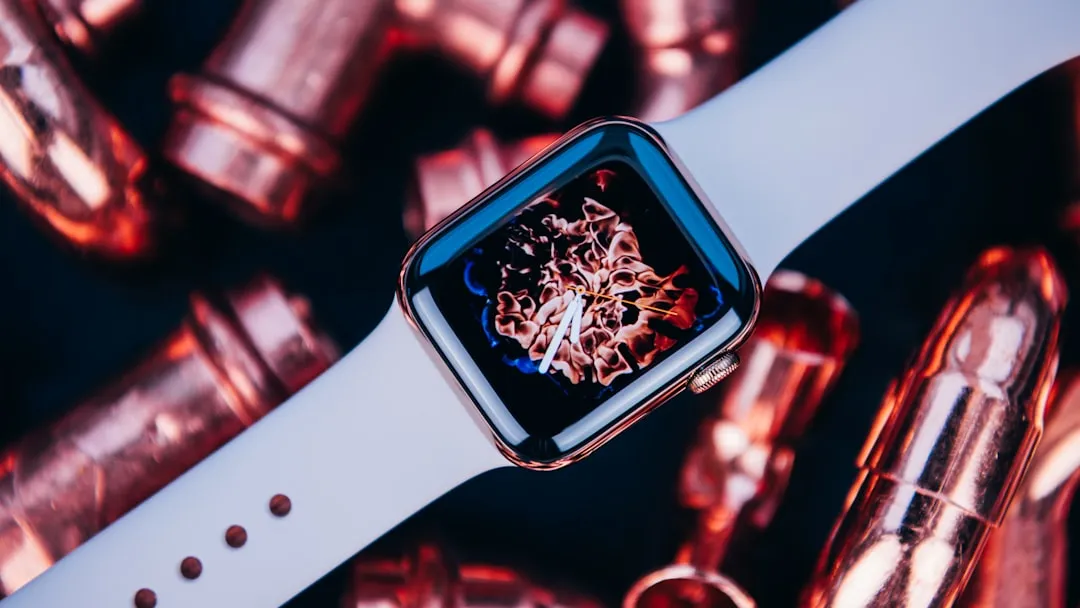
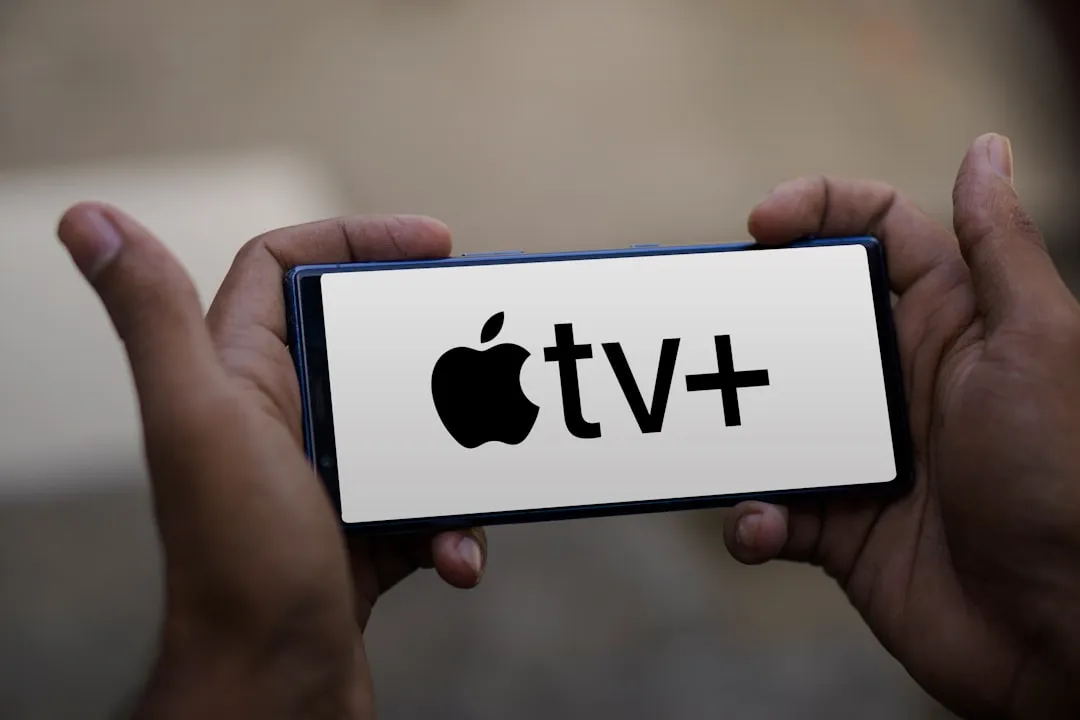
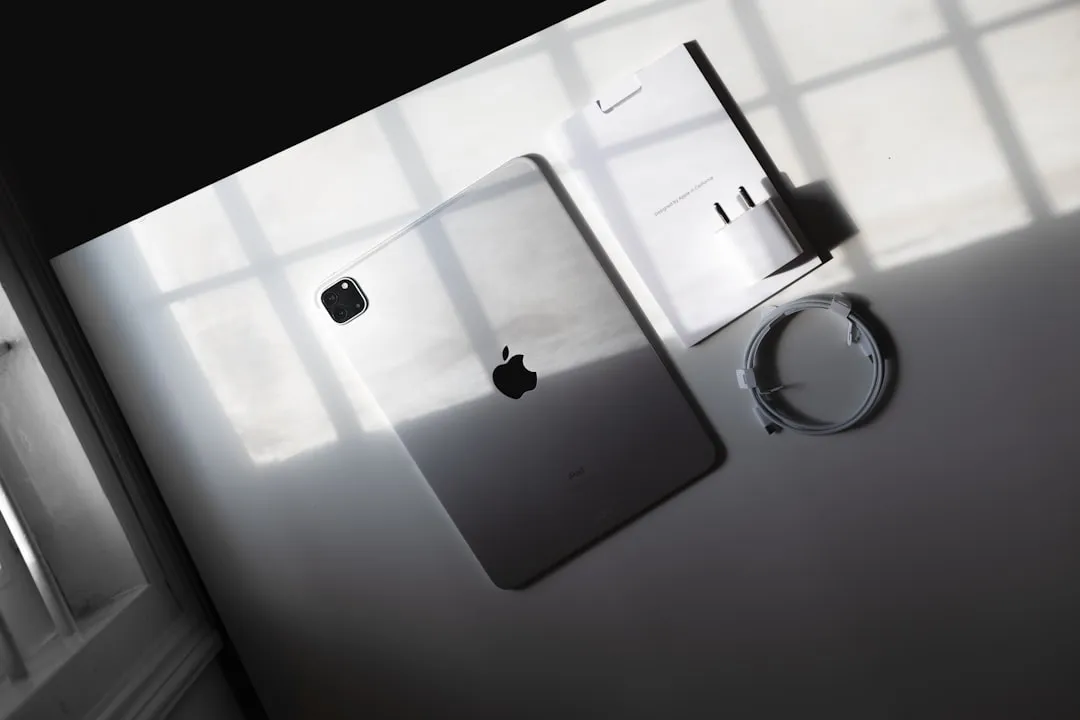

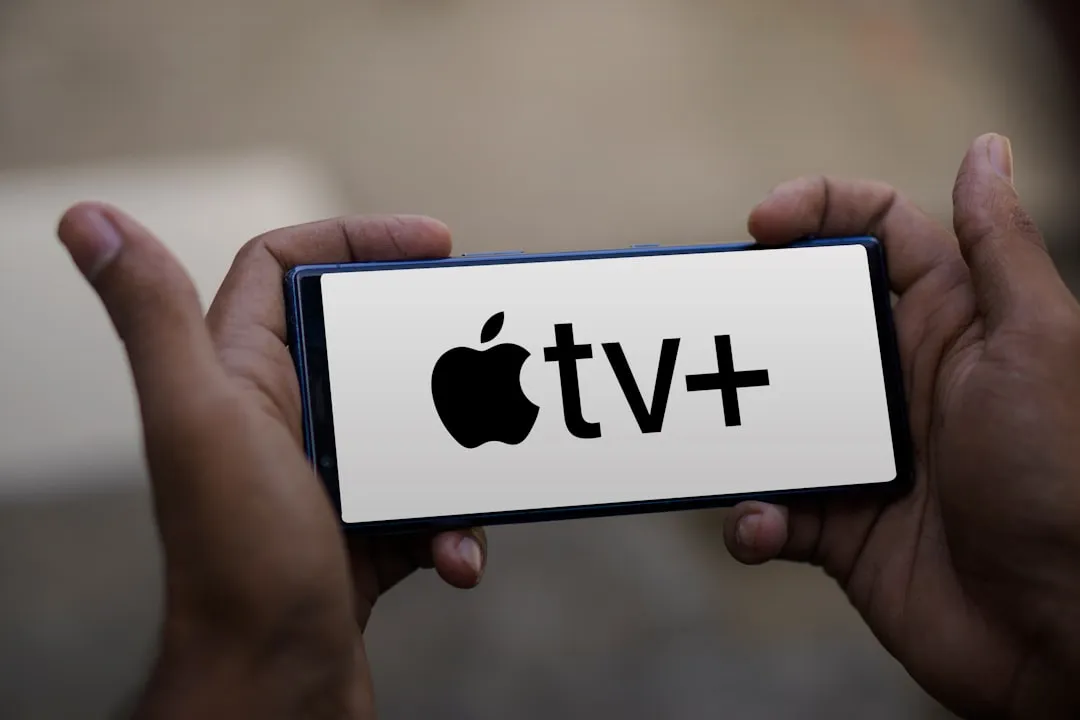

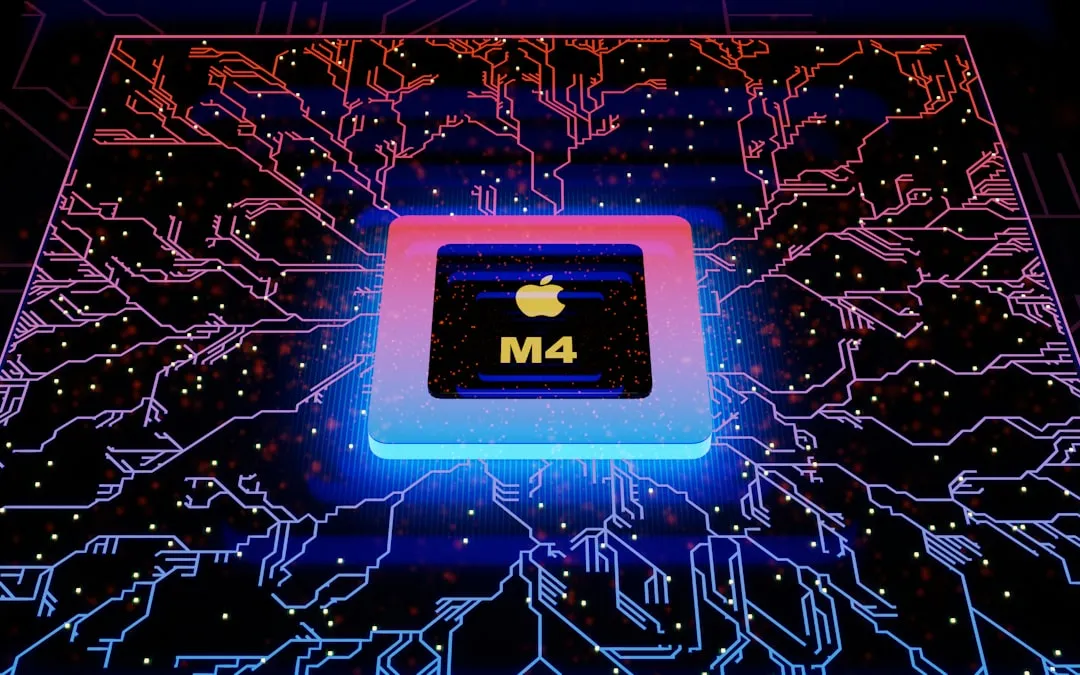
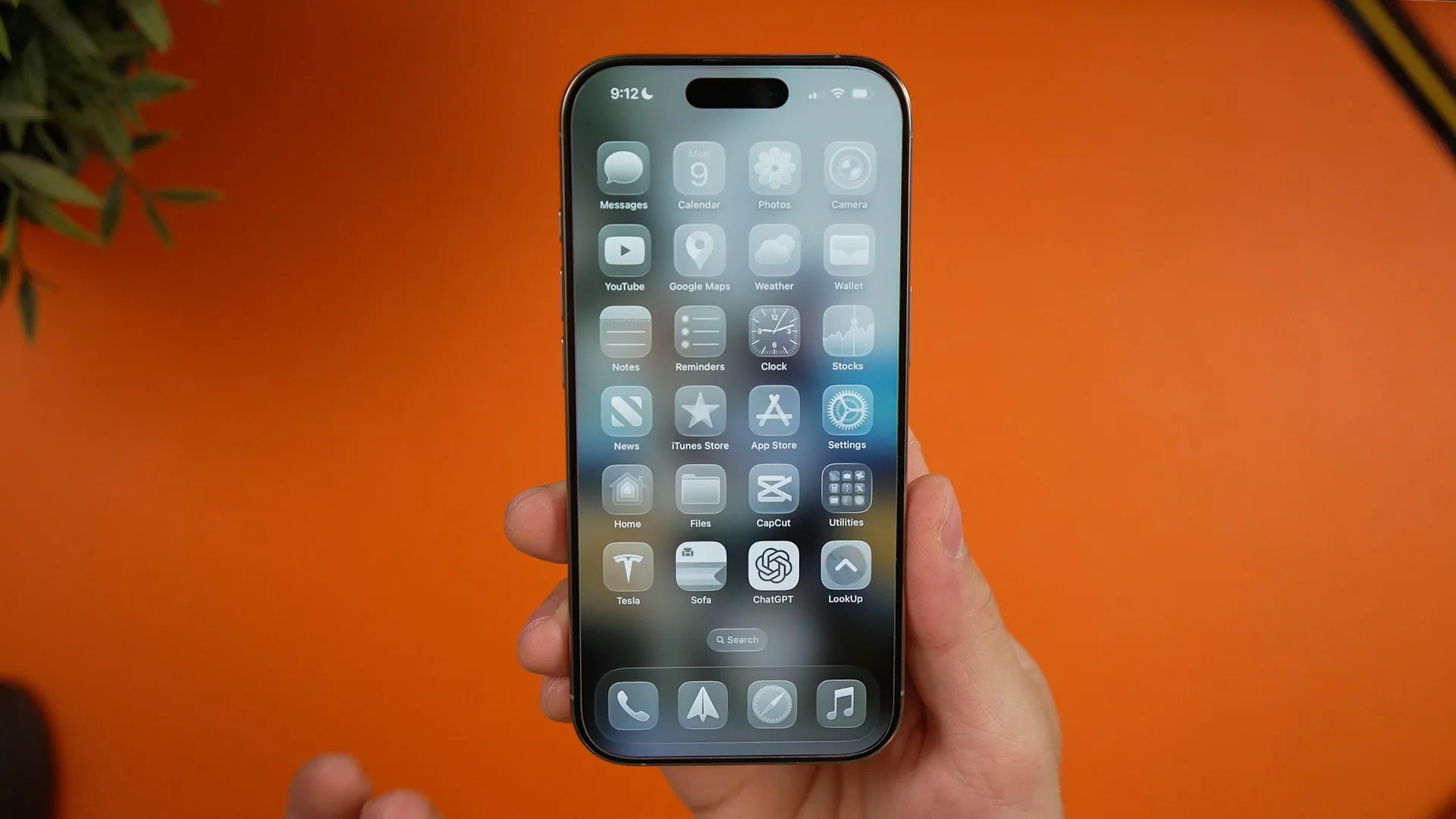

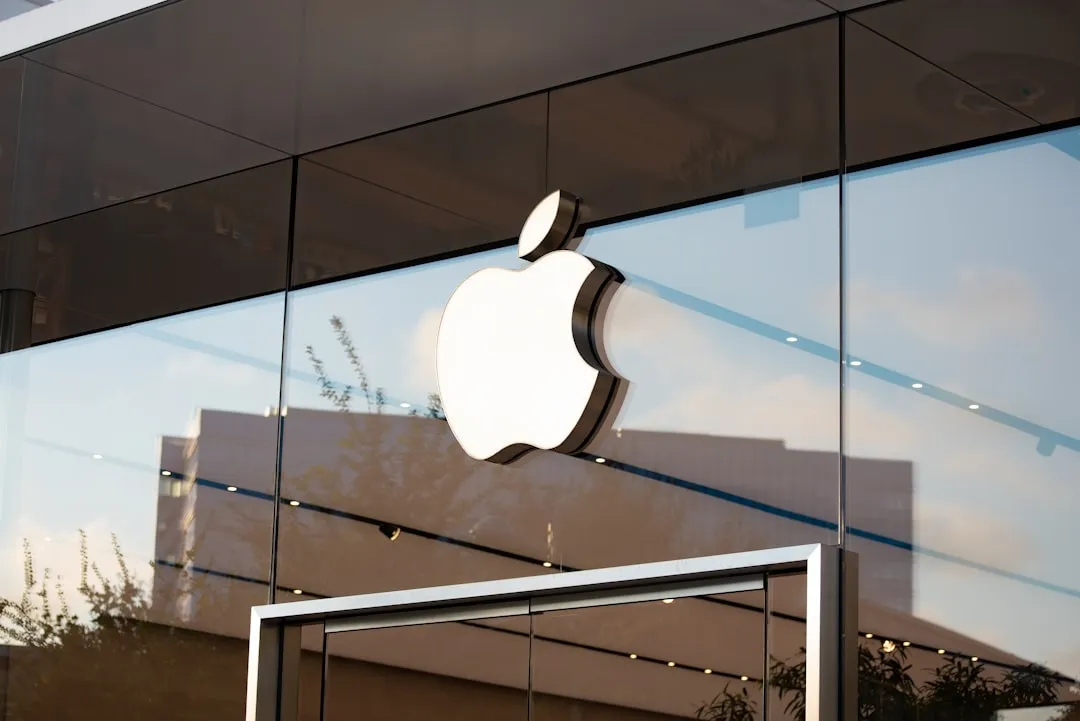



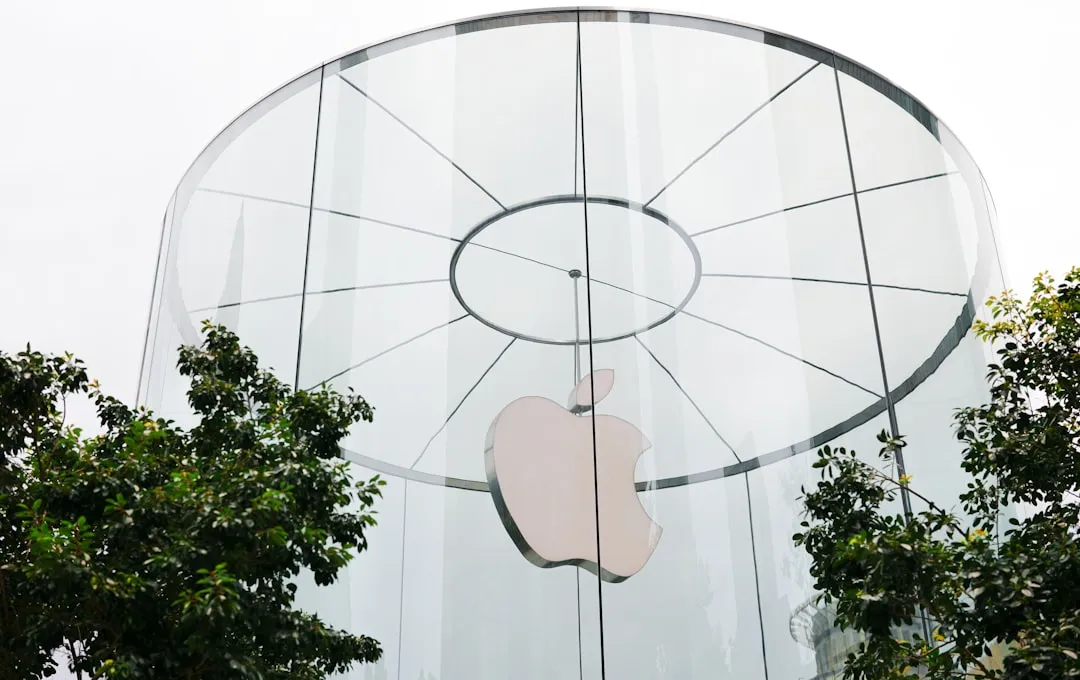




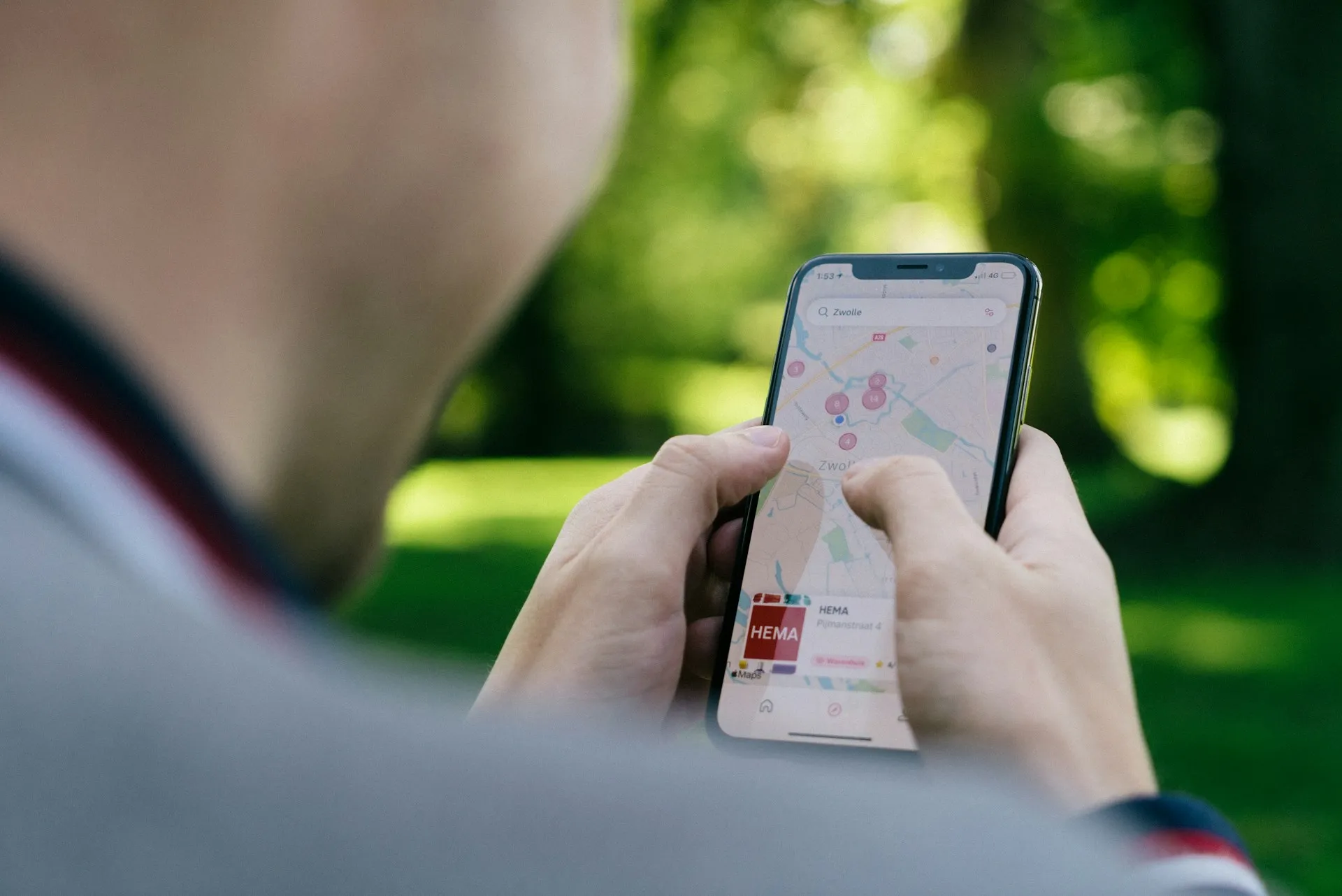

Comments
Be the first, drop a comment!